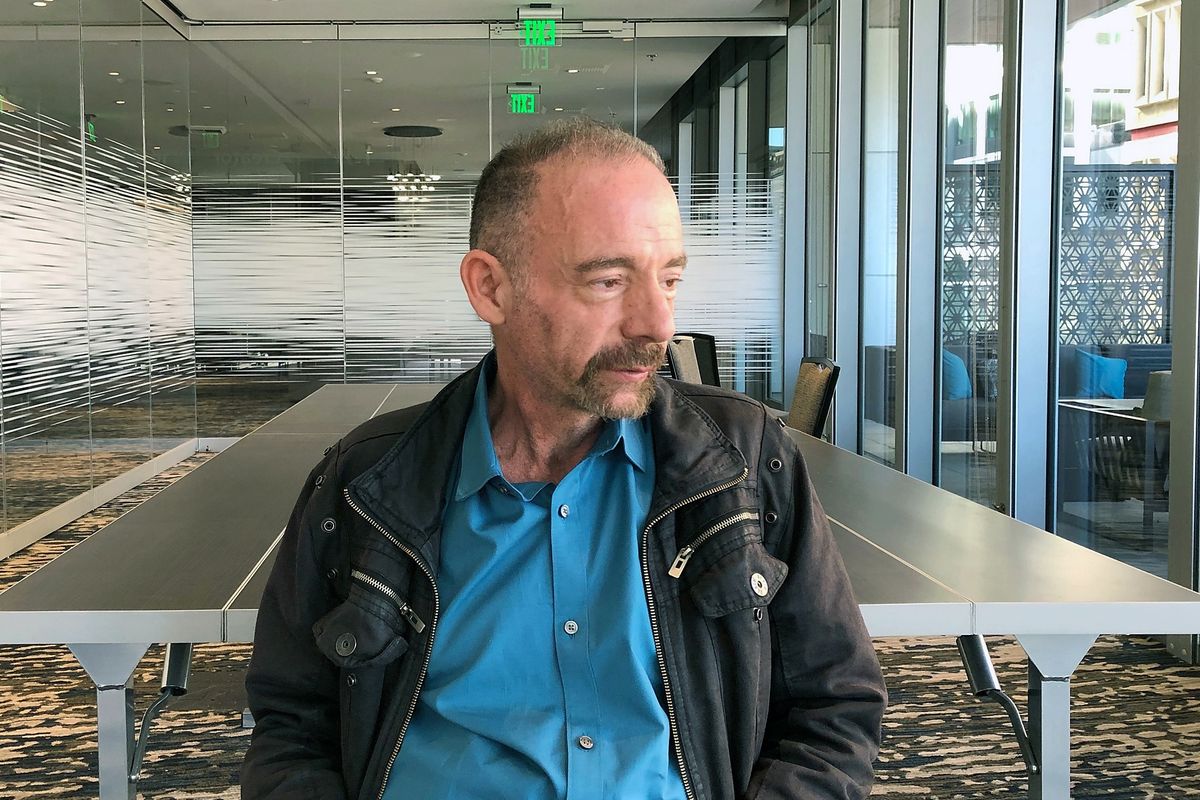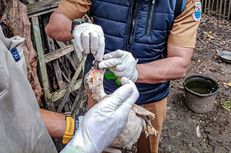HIV Survivor Timothy Ray Brown Dies After Cancer Relapse

Read also: Gallup Poll Shows Migrant Acceptance on the Decline Globally
This and other factors made the treatment the "Berlin Patient" had expensive, complex, and highly risky.
Most experts say it could never become a way to cure all HIV patients since many of them would risk death from the procedure itself.
More than 37 million people worldwide are currently infected with HIV, and the AIDS pandemic has killed about 35 million people since it began in the 1980s.
Read also: Women Globally Lack Access to Contraceptives and Abortions during Lockdown
Medical advances over the past three decades have led to the development of drug combinations known as antiretroviral therapies that can keep the virus in check, allowing many HIV positive people to live with the virus for years.
A second HIV patient, Adam Castillejo, who was known as "the London patient" until he revealed his identity this year, is also thought to be in remission from HIV after having a transplant in 2016 similar to the one Timothy Ray Brown had.
"Although the cases of Timothy and Adam are not a viable large-scale strategy for a cure, they do represent a critical moment in the search for an HIV cure," said Sharon Lewin, a Professor and HIV Specialist at Australia's Doherty Institute.
She said Timothy Ray Brown was "a champion and advocate for keeping an HIV cure on the political and scientific agenda", and added:
"It is the hope of the scientific community that one day we can honor his legacy with a safe, cost-effective and widely accessible strategy to achieve HIV remission and cure."
(Writer: Kate Kelland | Editors: Gareth Jones, Nick Macfie)
Simak breaking news dan berita pilihan kami langsung di ponselmu. Pilih saluran andalanmu akses berita Kompas.com WhatsApp Channel : https://www.whatsapp.com/channel/0029VaFPbedBPzjZrk13HO3D. Pastikan kamu sudah install aplikasi WhatsApp ya.

































